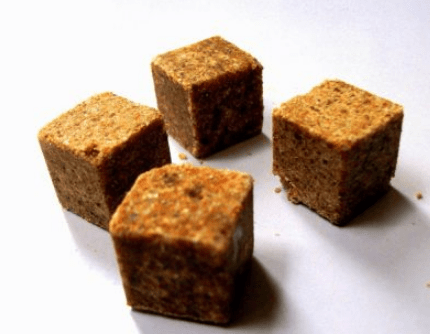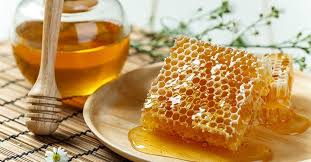Types Of Sugar and Why You Should Know them

Types Of Sugar and Why You Should Know Them
By Abbah Christy
Sugars can be divided into simple (monosaccharides) such as glucose, fructose, and galactose, or complex (disaccharides) like sucrose (table sugar), lactose (sugar found in milk), and maltose (derived from starch). Additional sugars include refined varieties like powdered sugar and granulated sugar, as well as less refined types such as brown sugar, molasses, and maple syrup.
Simple Sugars (Monosaccharides)-These are individual sugar units that are quickly absorbed into the bloodstream.
Glucose: The main energy source for the body, present in fruits, vegetables, and honey.
Fructose: Also referred to as fruit sugar, found in fruits and honey.
Galactose: A sugar component of lactose, occurring in dairy products.
Complex Sugars (Disaccharides) These consist of two simple sugar units linked together.
Sucrose: Commonly known as table sugar, which combines glucose and fructose, commonly found in many confections and baked items.
Lactose: The sugar naturally occurring in milk, formed from glucose and galactose.
Maltose: Known as malt sugar, resulting from the digestion of starch, especially found in barley.
Other categories of Sugar
This group encompasses various sugar forms, typically classified by their refining methods or sources.
Granulated Sugar: A highly processed, versatile sugar.
Brown Sugar: Contains molasses, contributing to its brown hue and unique flavor.
Maple Syrup & Honey: Natural sweeteners sourced from maple trees and flowers, respectively.
High-Fructose Corn Syrup (HFCS): A sweetening agent derived from corn starch, composed of both glucose and fructose.







